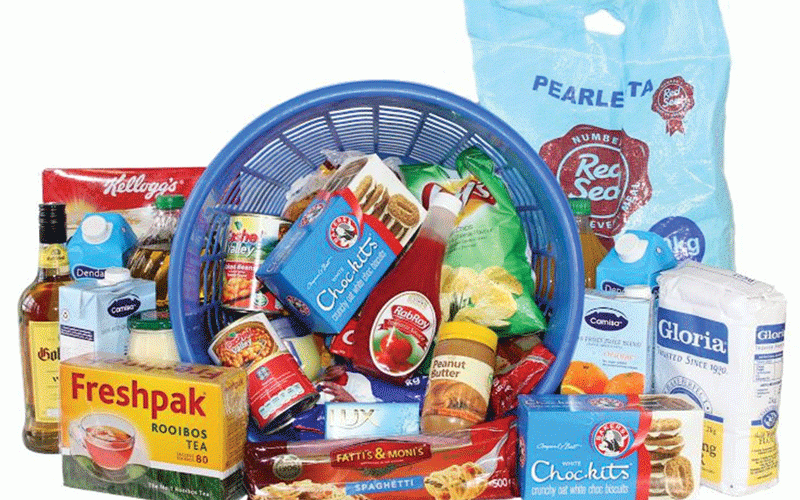
GOVERNMENT has claimed that the country is food secure despite humanitarian organisations insisting that Zimbabwe is among nations in the global hunger zones.
According to World Food Programme (WFP)’s food security and markets monitoring report released recently, at least 4,1 million people are in urgent need of food aid.
The figure represents a 14% increase from the 3,6 million people estimated at the beginning of April this year.
However, during a post-Cabinet briefing on Tuesday, Information minister Monica Mutsvangwa said a Zimbabwe Vulnerability Assessment Committee (ZimVAC) report had established that resilience-building initiatives in the agricultural sector ensured that there was a 59% increase in food crop production in 2023 compared to the previous season.
“Thus, Zimbabwe’s food security is guaranteed until the next agricultural production season, thereby enabling rural communities to withstand systematic and particular shocks they experience, such as Cyclone Freddy and late onset of rains,” she said.
“Government also proactively took effective market-based mitigatory measures to combat price increases experienced in the economy.”
The minister indicated that because of the improved food security situation, “what used to be called ZimVAC is now Zimbabwe Livelihoods Assessment Committee. This is because the term vulnerability no longer apply as Zimbabwe is food secure, the economy is stable and growing and the country”.
Mutsvangwa also said it had been established that in terms of social protection, government was the major source of support in rural areas, while assistance from the United Nations and/or non-governmental organisations decreased between 2022 and 2023.
- Zim hit by grain shortage
- Govt to distribute grain as hunger stalks millions
- Lower Gweru villagers appeal for food aid
- Hunger stalks region
Keep Reading
“Regarding water sanitation and hygiene, the assessment found that about 83% of rural households are accessing water within a distance of improved sanitation ... About 61% of rural households had access to toilets in the more needy areas,” she said.
Mutsvangwa said the report also established that the provision of health-related services was going on well, with most households in all provinces travelling less than 5km to the nearest health facility, and having access to health and nutrition information and village health workers’ services.
Previously, the Famine Early Warning Systems Network highlighted that although the 2023 harvests improved food availability and access, in deficit-producing areas, widespread stressed acute food insecurity outcomes still exist while in surplus-producing areas minimal outcomes are more prevalent.










